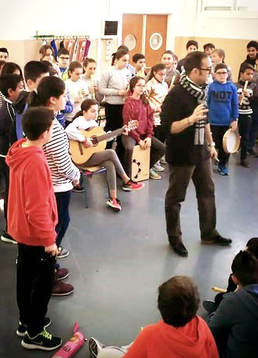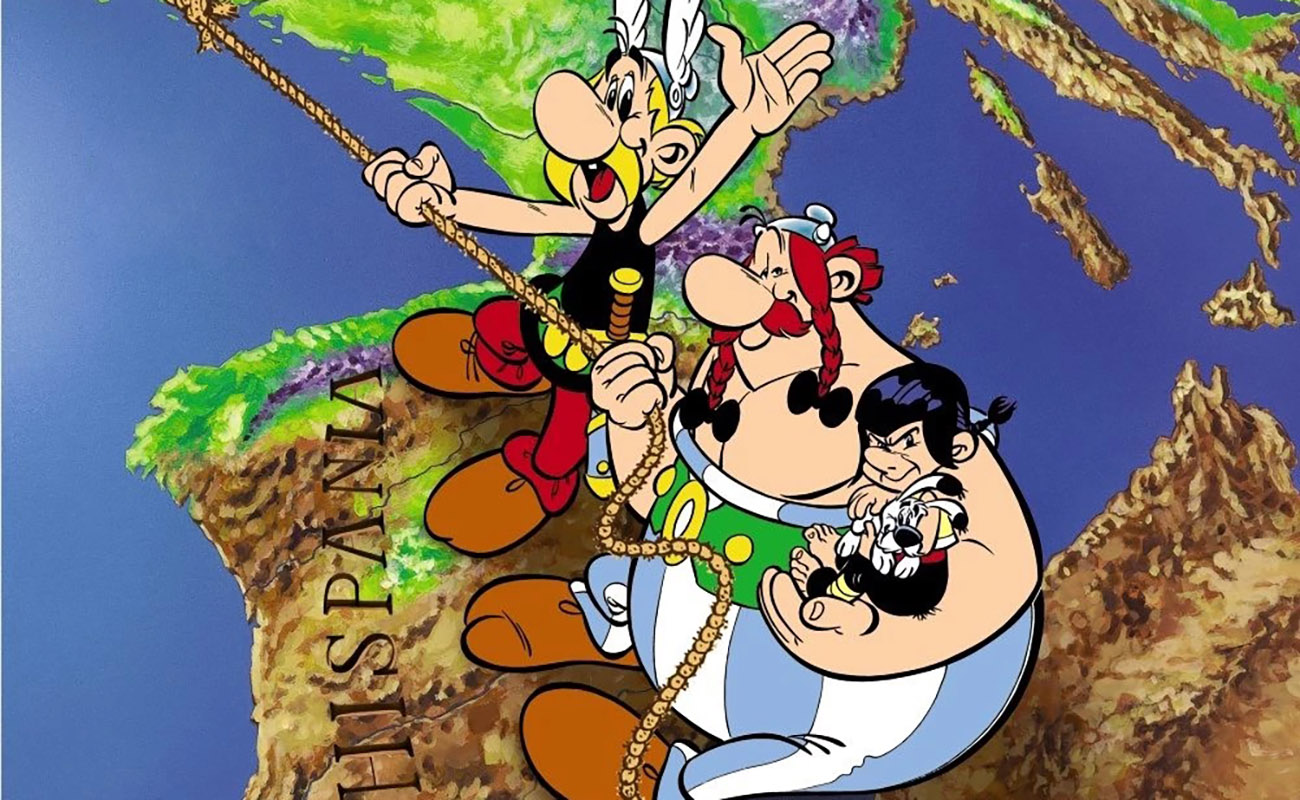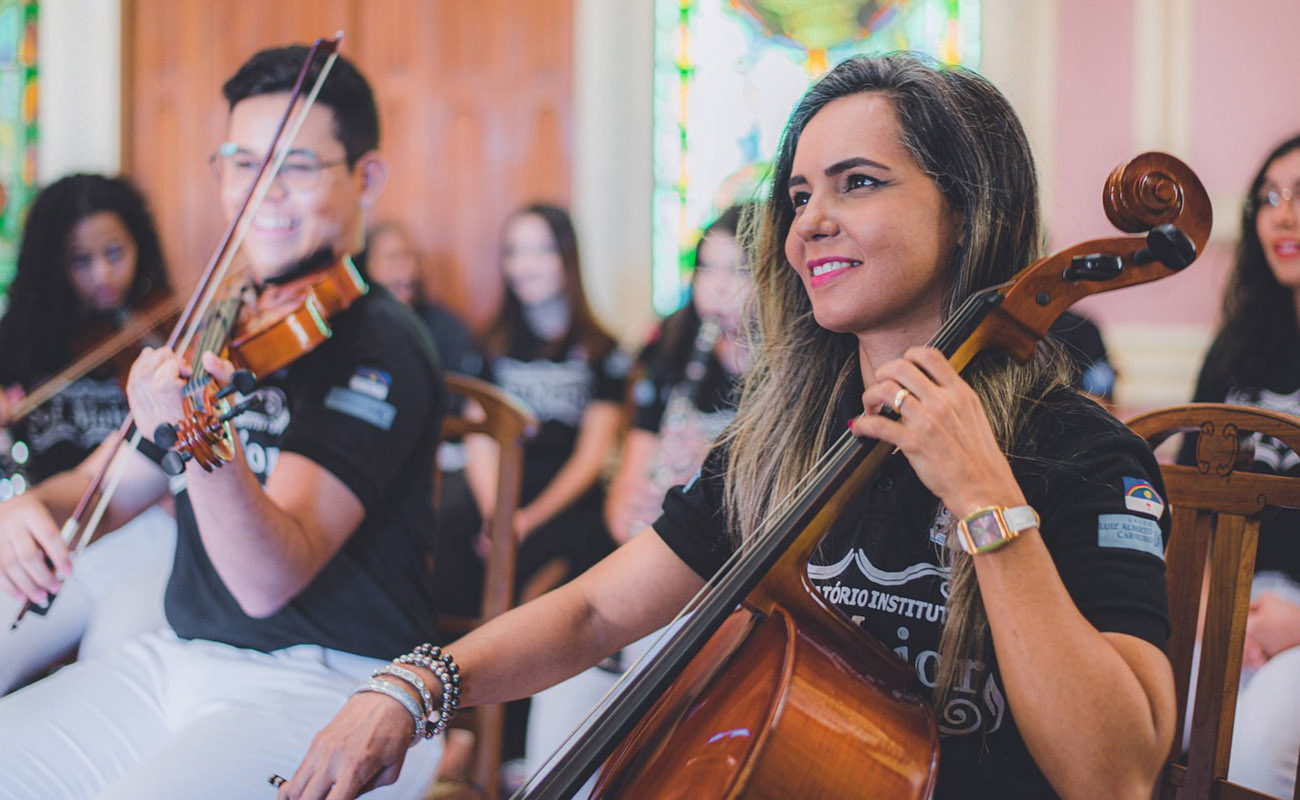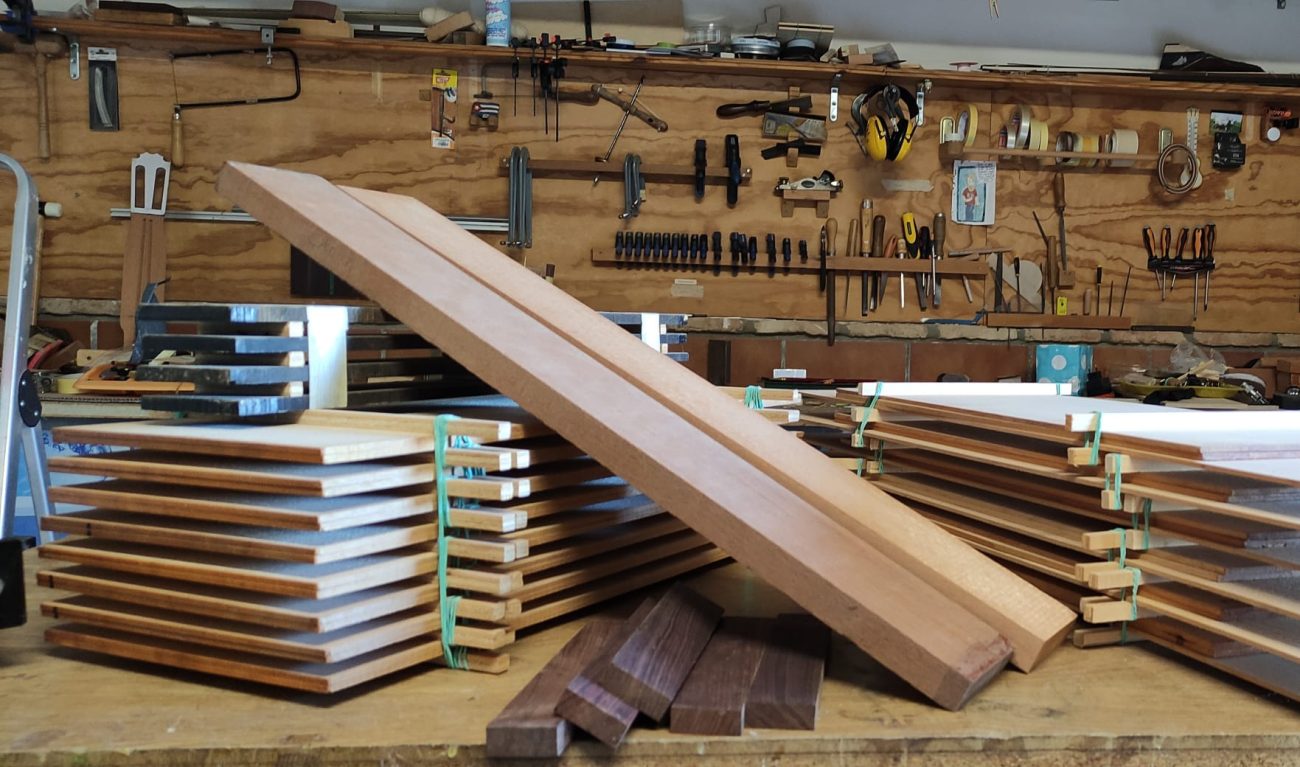Flamenco at schools: necessary and possible
Public schools started to become institutionalized in Europe in the 1800s, when society

Public schools started to become institutionalized in Europe in the 1800s, when society at large realized that it was absolutely essential to create institutions ex professo to teach knowledge and culture to young people. This is, then, the main purpose and goal of schools: the teaching of knowledge and culture.
In the last few years we’ve seen a sharpening of the debate among some sectors of society in Andalusia, regarding the need to teach flamenco culture in our public schools. This debate is deeply rooted in the extraordinary work done thirty years ago by the cantaor and schoolteacher Calixto Sánchez who, for many years, imparted courses to teachers about flamenco education all over Andalusia.
After the famous and over-hyped awarding of the “World Heritage Treasure” status to flamenco by UNESCO seven years ago, such debate intensified, until (at last!) flamenco was included in the school curriculum. Such measure was forced upon the Andalusian government, as it was a sine qua non condition of UNESCO. We’ll leave for another day whether the awarding of such status was indeed instrumental for making the teaching of flamenco in Andalusian schools a reality.
In this article I’ll focus on whether it’s necessary and possible to teach flamenco musical culture in schools. Must flamenco be taught? As per my previous paragraph, yes, as it’s included in the school curriculum defined by the Education Council of the Junta de Andalucía, a curriculum that must be followed by all teachers in Andalusia. Going beyond this obligation, I wonder: is it desirable, for the good of flamenco and the students, to teach it at schools?
As a music teacher, I have no doubt about it. As I stated above, the essence of schools is the teaching of knowledge and the culture where the student belongs, and we can all agree that Flamenco Art is the most genuine and important musical culture of Spain. Besides, it’s impossible to love what is not known. Nowadays, the traditional and natural spaces where children used to be exposed to flamenco are disappearing, so the schools can somehow take over the role of witness to the work that was done in such spaces, as long as this is done well, with sensibility, love, planning and educational conscience. Let’s have in mind, at least, who will care about flamenco in the future: obviously, our children. Likewise, there is no doubt about the educational benefits of flamenco teaching on the students.
There are plenty of scientific studies which show the cognitive benefits that music teaching brings (enhanced attention, concentration, memory…), to which we can add, if we focus on flamenco music, the benefits regarding a better understanding of the student’s cultural surroundings and a stronger sense of identity.
Finally, is it possible to teach flamenco in schools? Understanding that the basic goal is not to teach how to sing the soleá de Paquirri, the cartagenera de Chacón or the fandango de Cayetano, but rather make this wonderful cultural music more accessible to our children so they get to know it and (only if they want to) enjoy and practice it, there are appropriate educational tools to make this happen. For example, in my music class I teach the rhythms of soleá, tangos or bulerías; we listen to fandangos and sevillanas; we get to know different cantes and their geography, with stories made from their lyrics; and we learn simple flamenco melodies with the recorder.
We’ll conclude with something we must have in mind: it’s not necessary for the music teachers to be a flamenco aficionados or experts, as basic knowledge and understanding of music is enough. What is necessary is having the WILL. Is there such will, in general, among the teachers of Andalusia? I’ll go further: is there such will among those responsible for educational policy in Andalusia? We’ll leave that for another day.

Álvaro de la Fuente




